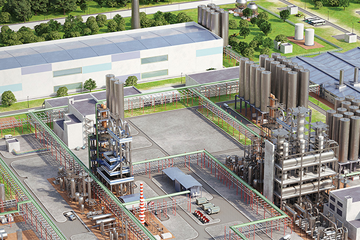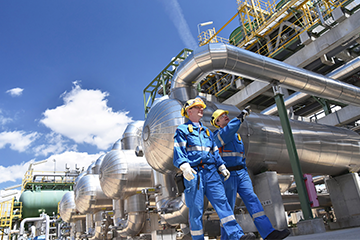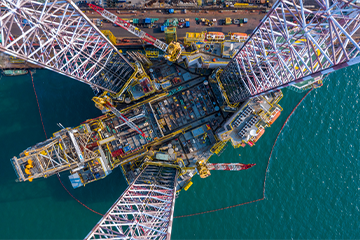Enquiry List () (0)
- 16 Apr 2017
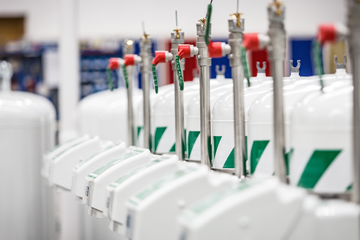
Making the Right Choices - Emergency Safety Showers and Eye/Face Washes
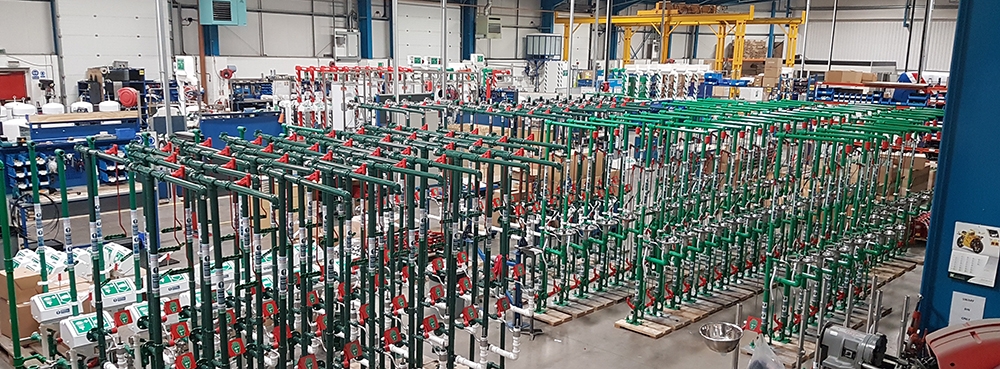
Emergency safety showers and eye/face wash units provide the first line of defence in the event of a chemical splash or spillage. When workers get potentially dangerous substances on their clothing or bodies, they need to be able to wash it off as quickly as possible. Any delay can exacerbate the situation resulting in more serious injury with possible long-term consequences, permanent disability and even death. Many companies operate at the extremes, from desert to arctic conditions, and such challenging environments inevitably place harsh demands on safety equipment.
There are fundamental points to consider when choosing emergency safety showers, irrespective of the industry or the location:
Compliance with recognised standards
It is important to meet the minimum requirements, which may be mandatory on some sites, of International and European standards. The American National ANSI Z358.1-2014 standard is recognised worldwide and considered to be the most comprehensive. It provides guidance for determining the flow rate, duration of operation and water temperatures necessary for safe and effective use of any emergency safety shower and eye wash unit. The ANSI standard identifies four essential requirements for the satisfactory operation of emergency safety showers and eye wash units.
1. Adequate Water Flow
Emergency safety showers should deliver a minimum of 76 litres (20 US gallons) per minute of potable water for up to 15 minutes in the required pattern. Eye/face wash units should deliver 11.4 litres (3 US gallons) per minute for up to 15 minutes to ensure a thorough decontamination.
2. Operation
Equipment must be both accessible and easy to operate, even if the victim has impaired vision. The shower and eye wash valve must be designed so the flushing flow remains on without the use of the operator’s hands and goes from ‘off’ to ‘on’ in one second or less.
3. Water Temperature
Water delivered by safety showers should be tepid, between 16-38°C (60-100°F). At temperatures above 38°C (100°F) there is the added danger of scalding and increased absorption of harmful chemicals into the skin. Prolonged exposure to water below 16°C (60°F) increases the risk of thermal shock or hypothermia.
4. Location
Emergency safety showers should be installed within 10 seconds reach and on the same level as a potential hazard. They must be situated in a prominent position, clearly visible and free from any obstructions.
Emergency equipment must be visually inspected and activated weekly along with an annual service to assure conformance to ANSI and European standards. Overall a good maintenance program is essential to guarantee reliable and effective emergency equipment.





